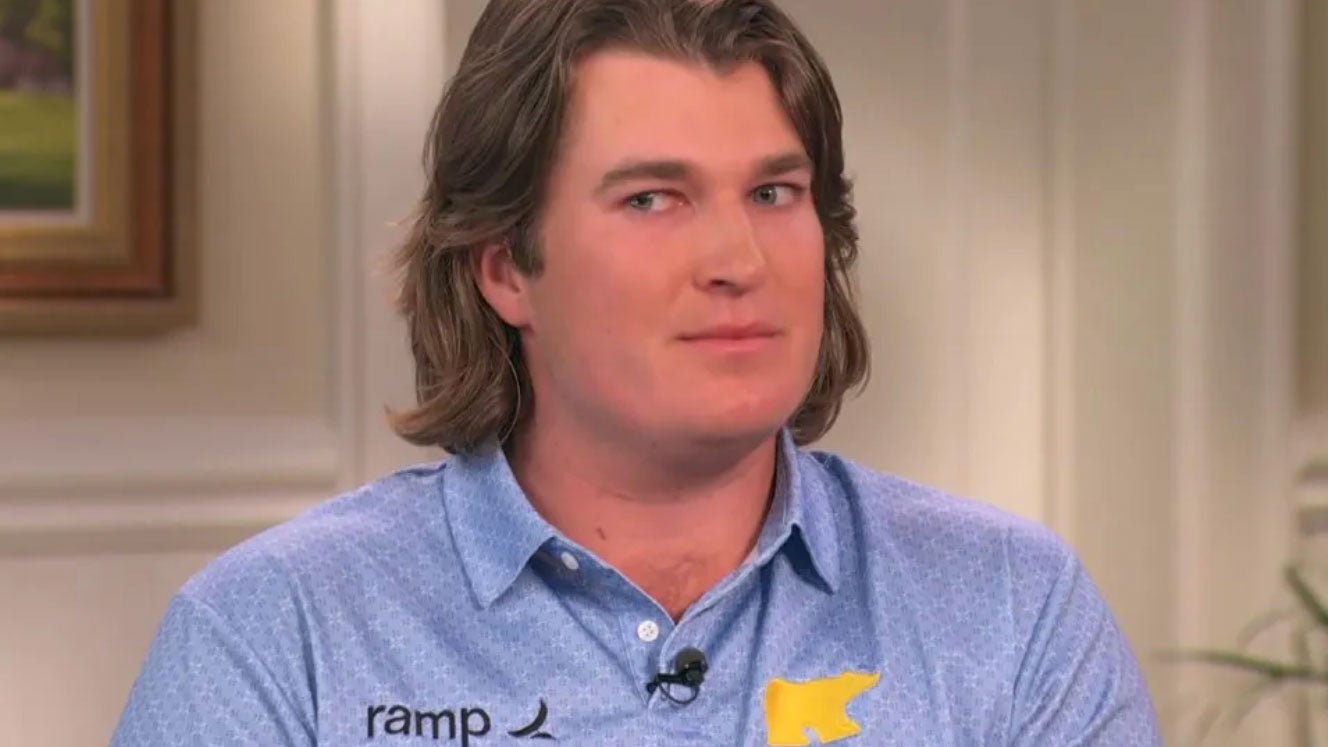It’s not often on Tour that crowds roar merely because a caddie hands his pro a driver instead of an iron. Drivable par 4s provide that kind of drama. Player turned architect Tom Weiskopf almost single-handedly introduced the drivable par 4 into modern design.
“I was playing the 1970 British Open at St. Andrews,” Weiskopf recalls, “and it occurred to me that under the right conditions, four of the par 4s were drivable: 9, 10, 12 and 18. Wow, I thought. How is that any different than a reachable par 5, like the 13th at Augusta? There’s so much freedom off the tees at the Old Course. I thought, if I ever get into the design business, I’m going to have to do one of those.”

Weiskopf has crafted more than 70 courses, each with at least one drivable par 4. The key, he says, is to involve strategy on both the full tee shot and the layup. “To me, the way to achieve this is to have the hole possess the largest and most contoured of all of the 18 greens, where putting, chipping and pitching is challenged by the pin placement. I look at the layup — say, from 180 to 240 yards — almost as a separate par 3. The layup shot should be as interesting as the full shot.”
The ’73 British Open winner says the preferred placement for drivable par 4s is somewhere in the last four holes, but they work out best when fitted to the land. He cites the downhill second at Wyoming’s Snake River Sporting Club as an example of a great drivable par 4.

Weiskopf’s favorite public-access par 4 he’s designed? The 332-yard 17th at TPC Scottsdale’s Stadium course — the only par 4 in PGA Tour history to have been aced. “The hole represents a classic risk/reward, and gives the player plenty of options,” Weiskopf says. “The lure for the big hitter is a chance at an eagle putt. The risk for the errant drive is water left of the green and a swale to the right. We’ve also rewarded the shorter hitter, letting him use his short-game expertise to handle the bold contours of the green. The exciting thing about the hole” — and of drivable par 4s as a whole — “is that so many things can happen.”







